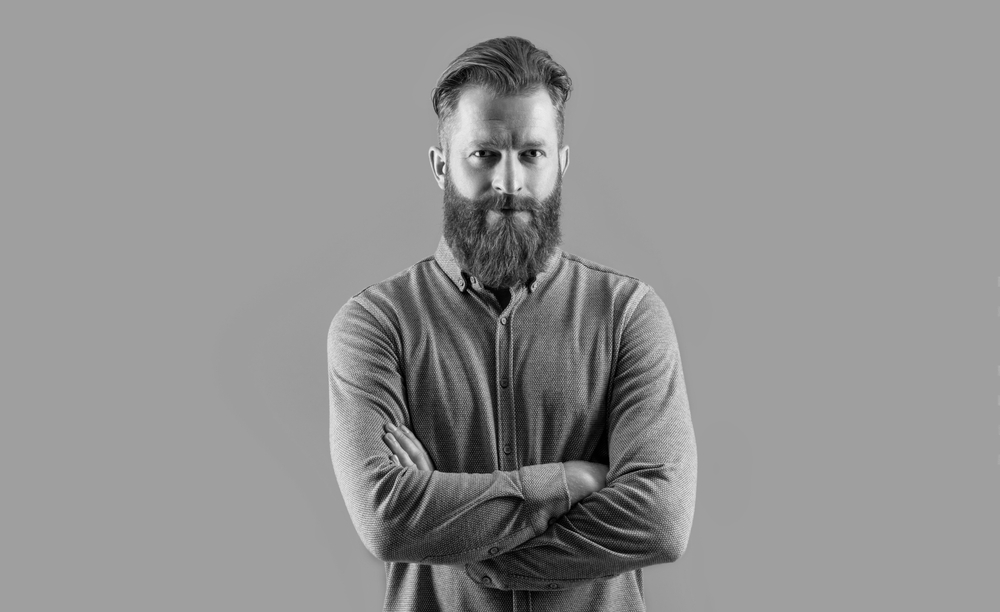
This procedure is ideal for individuals who have lost beard and mustache hair due to genetic factors, hormonal imbalances, or accidents. Beard and mustache transplantation is meticulously planned to suit the person's facial features, ensuring natural-looking and permanent results.
Usually, hair follicles are taken from the nape area and transplanted to the beard and mustache region. The transplanted hairs grow just like natural beard and mustache hairs, becoming permanently established over time. This procedure is performed under local anesthesia and usually takes between 2 to 5 hours. The recovery process is quite fast, allowing the patient to resume daily activities shortly after.
Beard and mustache transplant is suitable for individuals with genetically sparse facial hair, those experiencing hair loss due to hormonal imbalances, or those who have lost hair in these areas due to accidents. Additionally, individuals seeking to enhance their aesthetic appearance with a fuller beard and mustache can opt for this procedure. It is essential for candidates to be in good overall health and to undergo a thorough health check before the procedure.
Individuals with chronic conditions such as diabetes or heart disease should consult their doctor before undergoing the procedure. Beard and mustache transplantation is generally more appropriate for individuals aged 20 and above, as hair growth in the facial area is typically complete by this age.
The most commonly used methods in beard and mustache transplantation are FUE (Follicular Unit Extraction) and DHI (Direct Hair Implantation). In the FUE method, hair follicles are individually extracted from the donor area using a micromotor and transplanted to the target area.
This method is frequently preferred due to its minimally invasive nature and lack of scarring. In the DHI method, hair follicles are directly implanted into the target area using a special pen (Choi Implanter Pen). This method allows for a denser and more natural appearance. In both methods, the target area is carefully planned beforehand, and hair follicles are placed to best suit the individual's facial features.
Beard and mustache transplantation is mostly performed under local anesthesia. Initially, both the target and donor areas are cleaned with antiseptic solutions and local anesthesia is administered. Hair follicles are carefully extracted from the donor area using a micro motor or special pen and are then transplanted to the target area at a specific angle and density.
The procedure duration varies between 2 to 5 hours depending on the size of the target area. The placement angle and direction of the follicles are carefully considered to achieve a natural look. Post-procedure, mild redness and swelling may be observed in the transplanted area, but these symptoms usually subside within a few days.
Proper post-transplantation care is crucial for successful results. The transplanted area should be kept dry for the first few days following the procedure. Antiseptic solutions and special care products recommended by the doctor should be used to clean the area. Additionally, heavy physical activities and direct sunlight should be avoided during the first week post-procedure. It is important to take prescribed medications regularly and attend follow-up appointments as scheduled.
Transplanted hairs may shed within the first few weeks, but this is a normal part of the process and permanent hairs will begin to grow in their place. Full results are typically observed within 6 to 12 months, and patience is essential during this period. If you are considering beard and mustache transplantation, you can schedule an appointment with EMPCLINICS right away.
It is recommended to wait at least 10 to 14 days before shaving post-procedure. However, it is best to follow the doctor’s advice regarding shaving to ensure complete healing of the transplanted area.
Yes, the transplanted hair follicles are permanent and typically last a lifetime. However, it takes 6 to 12 months to see full results and for the transplanted hairs to gain a natural appearance.
The procedure is generally painless as it is performed under local anaesthesia. Post-procedure, there may be mild discomfort or sensitivity, which can usually be managed with painkillers.